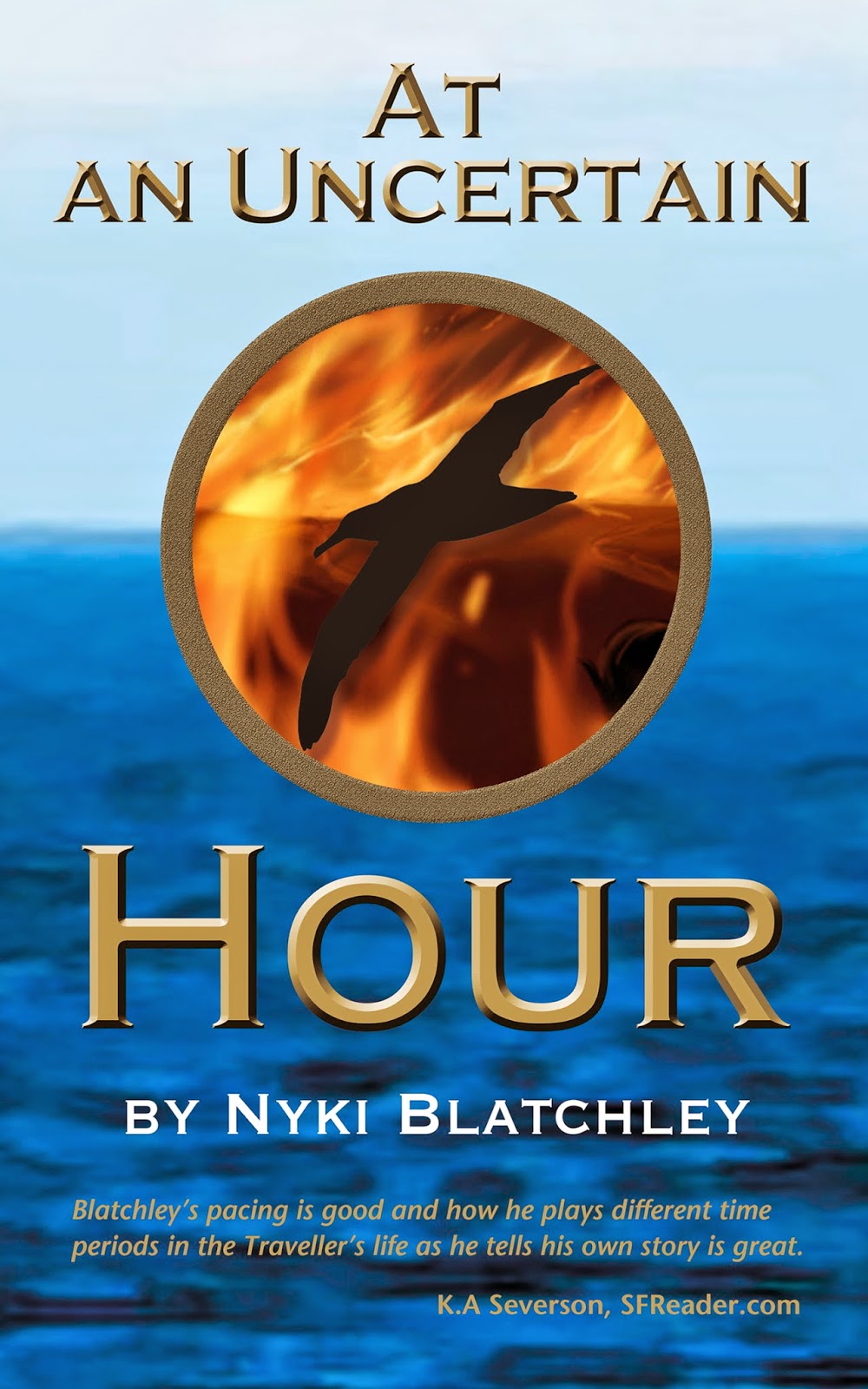The
short answer is whatever characters the story needs, but that's something of a
cop-out. Much as we all like to vary our characters, most authors have a
tendency to gravitate to some particular kind of character, whether that's a
matter of gender, age, personality or lifestyle. So what kind of characters do
I like writing about?
One
thing I have noticed is that I seem to like writing about teenagers. Not in a
YA sort of way, since the perspective tends to be standing a little apart and
making gentle fun of the naivety and silliness of adolescence. It's not really
a new thing, though. From what I can remember of the stories I was creating at
about ten or eleven (none of which have survived) the important characters were
always between about sixteen and eighteen — which, of course, was very grown up
then, although perhaps young enough to be relatable.
When
I started writing The Winter Legend,
in my later teens, most of the main characters were still of a similar age, and
this has largely survived innumerable rewritings through the decades. And I
still use characters of that age a good deal. Estent, the protagonist of The Treason of Memory, is around
eighteen, although his age isn't given in the story. Zadith and Musu, in The Lone and Level Sands, are a little
older, but not much over twenty, while my recurring characters Kari and Fai (Steal Away, The Temple of Taak-Resh) are around sixteen or seventeen.
Not
everyone's that young. The Traveller measures his age in millennia, and the age
he "stuck" at is around thirty, but he's in his teens during a number
of the chapters in At An Uncertain Hour.
On
the other hand, I do like watching characters grow up. The Winter Legend covers about twenty-five years, and the central
characters go from teens to early forties, turning from the struggling young
heroes to the wise guides, in much the same way that Obi-Wan grows through the
Star Wars films.
Perhaps
my favourite example of this is Eltava, MC of seven published stories as well
as having a cameo in At An Uncertain Hour.
In the earliest story I've written about Eltava, Witch, she's fourteen (though I do have flashbacks in a couple of
stories to her as a little child), but I've shown her through her twenties,
thirties and forties, right through to Storm-Blown
where she's in her late sixties. It's been a fascinating ride to watch her
growing and developing while still remaining essentially the same person.
In
gender terms, although I haven't done a statistical count-up, I suspect I have
a roughly 50-50 split, although if anything my first instinct is more often to
focus on a female. That's something which has certainly changed through the
years. When I was first writing, almost all my POV characters were male, and I
deliberately set myself the aim of using more females, but that seems to have
become a matter of instinct now.
I'm
not sure why this is, but perhaps it has something to do with otherness. Unlike
some authors, I don't create characters to explore myself. I prefer to explore
what it's like to be someone completely unlike myself and, though I can
certainly do that with male characters **, being a female for a story gives the
otherness an extra kick.
As
for lifestyle, I tend to write about characters who are pretty much footloose
wanderers. Perhaps that's an element of wish-fulfilment, since part of me has
always been attracted to the idea of being a rootless traveller, although
that's balanced by the other part that wonders how I'd lug a thousand-odd books
around with me. Perhaps having a very large ship all to myself would help.
The
Traveller and Eltava are both wanderers for life, although the Traveller might
spend a decade, or even a few centuries, in one place sometimes. Kari and Fai,
in their inimitable adolescent style, are homeless, outlaw sorcerers and love
every moment of it. Even people with more roots and responsibilities tend to be
wanderers, like Ferriji, the protagonist of Present
Historic, a middle-aged international diplomat who travels constantly
across the world trying to save it from itself.
Other
people have wandering thrust upon them, like Estent, who begins The Treason of Memory with a place in
his society (quite a high place, too) and finishes it as a homeless exile. In
the final part of The Winter Legend (currently
finished but by no means finished with) someone from a primitive mountain tribe
refers to the difference between those who "stand above the valley and
make sure everything [they] can see is as [they] want it" and those who
want " to travel to the distance, as I do, and see what’s beyond it."
She adds that it's important to have both kinds of people, and I can see her
point, but travelling to the distance is more interesting to write about. For
me, at least.
So
there are a few of the character types I like to write about. I've created all
kinds who are utterly different, but, if I switch off and just write by
instinct, the chances are I'll be writing about a teenaged wanderer who wants
nothing more from life than to discover what's beyond the distance.
** I've never been three
thousand years old, I've never sailed the world on an enchanted ship, and I've
never led an army. Just thought I'd mention that, in case you were wondering.







